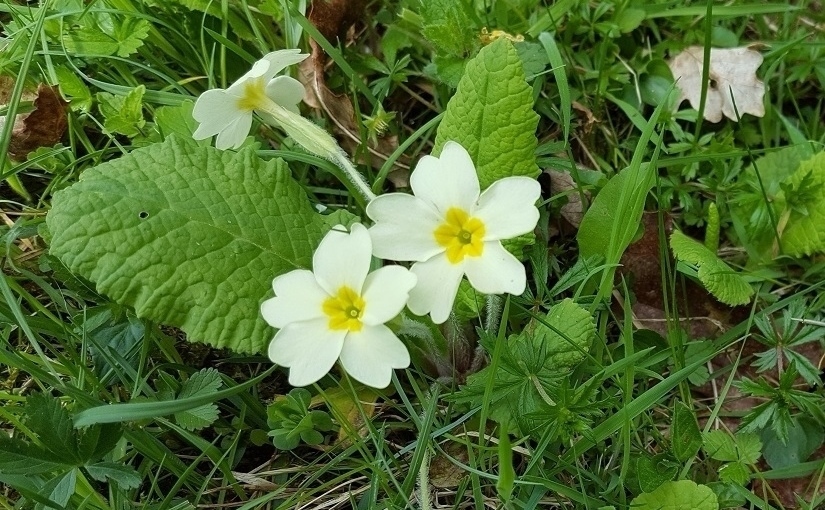Speaking from personal experience, the greatest humanity – moments of genuine consideration, awareness, concern, joy or presence – can often appear in most unexpected places.
I’m thinking of times people who are generally disparaged, misrepresented or undervalued by society and its cultural or economic systems have displayed qualities that are often quite lacking within society as a whole; things like kindness, courtesy, empathy, humour, consideration for the experiences and feelings of another.
Times when you realise someone else has noticed you and your situation, and chosen to reach out with words or gestures of humanity rather than cold indifference. To me, such moments are truly beautiful – as if something were suddenly shining through that you just weren’t expecting to see there (see Notes One). As when a flower emerges, somehow, within an expanse of concrete; showing life can find a way.
And, thinking about that, I realise judgement must also fall on me for not having expected it: that I was looking at life and prejudging in some way where such beauty or character would reside. Apparently, the human mind likes to create patterns, stereotypes, to understand and navigate its environment. This sense of whether we should expect the best or the worst that can, quite clearly, drift into labelling rather than looking.
It’s the stuff of culture, I suppose, that codifying of social realities (Notes Two); all the ways we look for trends, often judging people and simplifying the complexity of their existence as we do so. The degree to which our desire to reduce life to more manageable labels may ‘help’ us in some ways but hinder us in others seems worthwhile getting to grips with: at what point are we reinforcing or anticipating certain things?
I can see that the mind might well employ itself by creating, drawing upon or falling back on such ‘codes’ in order to navigate life successfully, safely, skilfully – to take advantage of opportunities while avoiding unnecessary risks. Maybe, in the past, smaller communities could generate such a code without it being too problematic? Culture can be seen as having helped create social cohesion through common narratives.
But now life’s so wonderfully merged, blended and combined, can we ever reach ‘labels’ that aren’t causing problems? I’d have thought it almost impossible to develop any code that might match the richness of human diversity and experience; and that any such attempt would likely be offensive to many while also not giving much true insight into the complexities of life or its potential (Notes Three).
Which in a way brings me back to my point: that, beyond the surface, there’s so much more to people than we give credit for. Surely we never really know what stands before us unless we take the time to. There’s both beauty and ugliness in our midst, but knowing one from the other isn’t as easy as it might appear and mistaking the two could cause further problems
Finding our way – appreciating what’s right before our eyes – is an interesting challenge.
Notes and References:
Note 1: The human spirit
Note 1: Worthless, or priceless?
Note 2: Culture, art & human activity
Note 2: Masks we all wear
Note 3: The worth of each life
Note 3: Seeing, knowing and loving
On a slightly separate note, “The Spirit of Community” explores attitudes that might help bind us together better; as did Community as an answer.

